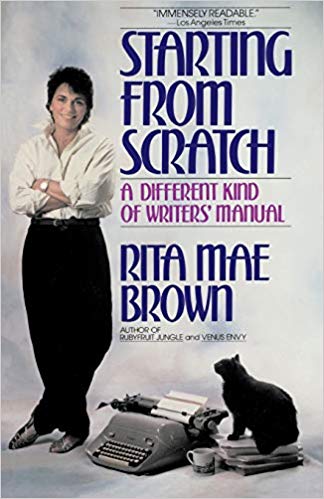This is the fifth in an ongoing series of StoryCrafting/StoryTelling posts I’m publishing for my own benefit; explaining something helps me determine if I’ve truly learned it or am simply parroting what others have offered. I learn my weak spots, what I need to study, et cetera.
Previous offerings include:
- Atmosphere is…
- Character is… (Part 1)
- Character is… (Part 2.1) – Exposition is…
- Character is… (Part 2.2) – Description is…
And note that I’ll update/upgrade/edit these posts as I learn more.
Action – most effective way to both show and demonstrate character.
There is a phrase in psychodynamics, “You can not not communicate.”This is a powerful phrase to me because it is simple, elegant, and oh so true. The individual who stands mute and unmoving in a situation is responding to that situation. That response is a communication. Doesn’t matter what they’re doing, or I should offer “regardless of what they’re doing,” they are communicating their response to that situation.
Action – aka “movement” – is a powerful descriptive, revelatory tool in the author’s kit.
It’s not that a person is moving, it’s how they move. It’s not that a person is doing something, it’s how they’re doing it. Watch people the next time you’re in a mall or grocery store. How are the people dressed? Did they just throw something on or did they take time to present themselves a certain way? Imagine them grooming; do they take their time? Do they take their time to look unimpressive? Do they slap things on and look impressive? What does all that reveal about their character?
Greetings! I’m your friendly, neighborhood Threshold Guardian. This is a protected post. Protected posts in the My Work, Marketing, and StoryCrafting categories require a subscription (starting at 1$US/month) to access. Protected posts outside those categories require a General (free) membership.
Members and Subscribers can LogIn. Non members can join. Non-protected posts (there are several) are available to everyone.
Want to learn more about why I use a subscription model? Read More ch-ch-ch-ch-Changes Enjoy!


